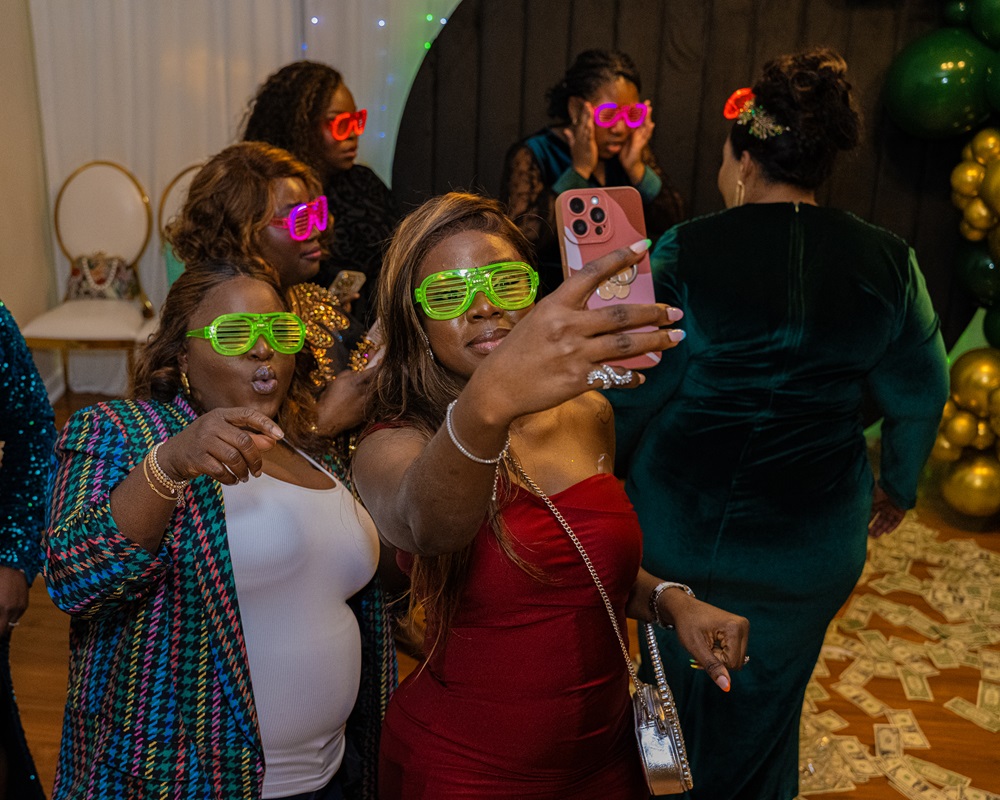Introduction
In a world saturated with images, the ability to tell a compelling story through photography sets a photographer apart. While a single photograph can capture a moment, a series of images woven together with intention can convey a powerful narrative. Whether you’re capturing the vibrancy of a bustling city or the quiet beauty of a secluded landscape, storytelling through photography is an art that engages viewers on an emotional level.
Finding the Story
Every photograph has the potential to tell a story, but finding that story requires intention and observation. Before you start shooting, ask yourself what you want to convey. Are you documenting an event, capturing the essence of a person, or exploring a theme or idea? The clearer your story, the more impactful your photographs will be.
- Know Your Subject: Whether you’re photographing people, places, or objects, understanding your subject is key. Spend time observing and interacting with your subject to discover what makes them unique.
- Choose a Theme: A cohesive theme can tie your images together. This could be something as broad as “change” or as specific as “morning routines.” A theme gives your work direction and helps viewers connect with the story you’re telling.
- Context is Key: Consider the environment and background when telling a story through your images. The setting can provide context, evoke emotion, and give depth to your narrative.
Crafting the Narrative
Once you’ve identified your story, it’s time to craft the narrative. Like a writer, think about the structure of your story. How will you introduce it? What’s the climax? How do you want the viewer to feel by the end?
- Begin with a Strong Opening: The first image in your series should grab attention and set the tone for what’s to come. It might be an establishing shot that introduces the location or a close-up that hints at the theme.
- Build the Plot: Use subsequent images to build the narrative. Think about the flow and pacing. Each photo should add to the story, either by introducing new elements or deepening the viewer’s understanding of the subject.
- Create Emotional Peaks: Just like in a written story, there should be moments of tension or emotion. Capture expressions, actions, or details that evoke feelings and draw the viewer in.
- End with Impact: The final image should leave a lasting impression. It might resolve the story, leave the viewer with a question, or simply be a beautiful, thought-provoking shot that resonates with the overall theme.
The Power of Details
Details can be powerful storytellers. Close-ups of hands, a tear rolling down a cheek, or the way light falls on a surface can add layers to your story. Don’t be afraid to zoom in on the small things—they often carry the weight of a larger narrative.
- Textures and Patterns: Incorporating textures and patterns can add richness to your story. A well-worn path, the intricate lines of a tree bark, or the repetitive patterns in architecture can serve as metaphors or symbols in your narrative.
- Candid Moments: Capturing candid moments can reveal authenticity and raw emotion. These unposed, spontaneous shots often tell the most honest stories.
The Role of Color
Color plays a significant role in storytelling. It can set the mood, highlight key elements, or create contrast within your narrative. Experiment with color palettes that complement the story you’re telling.
- Monochrome for Emotion: Black and white photography strips away distractions and allows the viewer to focus on the subject’s emotions and expressions.
- Warm Tones for Intimacy: Warm colors like reds, oranges, and yellows can evoke feelings of warmth, intimacy, and comfort.
- Cool Tones for Calmness: Blues and greens often convey tranquility, calmness, or even melancholy, depending on their use.
Editing: Bringing the Story to Life
Editing is where your story can really come together. Use post-processing to enhance the mood and feel of your images, ensuring consistency across the series.
- Consistency in Style: Maintain a consistent editing style to unify your series. This could be through color grading, contrast adjustments, or the use of filters.
- Enhance the Narrative: Subtle edits can enhance the story—brighten a key detail, emphasize a shadow, or desaturate to draw focus to the subject.
Conclusion
Storytelling through photography is about more than just capturing beautiful images; it’s about connecting with your audience on a deeper level. By thoughtfully considering your subject, crafting a narrative, and using composition, color, and editing to your advantage, you can create powerful stories that resonate and inspire.
Call to Action
Ready to start your storytelling journey? Share your stories with us by tagging your photos with #StoryInFocus. We’d love to feature your work on our blog and social media channels. Keep exploring, keep creating, and remember—every picture tells a story. What will yours be?
This blog post is designed to inspire photographers to think beyond single images and embrace the art of storytelling, offering practical tips and encouraging community engagement.
